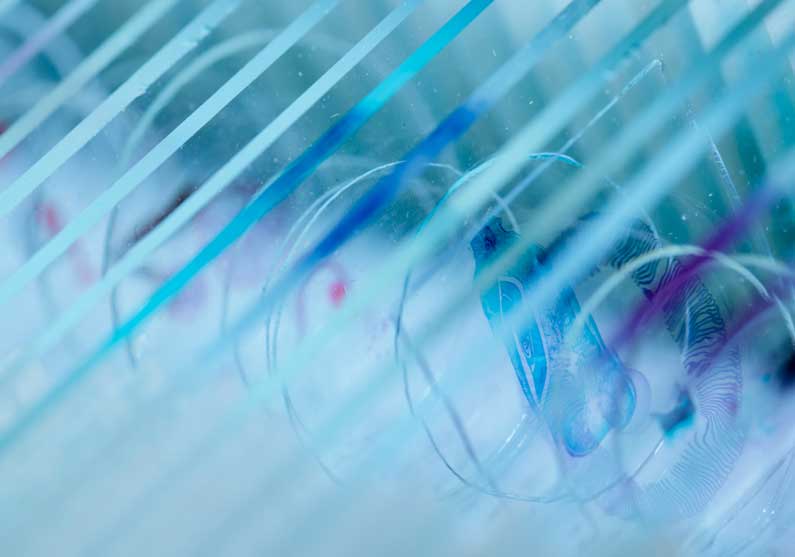Tg3647 mice over-express human TNF that leads to the gradual development of spontaneous slow progressing chronic inflammatory polyarthritis with 100% penetrance.


Tg3647 mice over-express human TNF that leads to the gradual development of spontaneous slow progressing chronic inflammatory polyarthritis with 100% penetrance.

Collagen antibody-induced arthritis (CAIA) is a simple mouse model of rheumatoid arthritis that can be used to address questions relating to the pathogenic mechanisms of the disease and serves as a platform for the evaluation of candidate therapeutic agents.
Biomedcode has standardized the model in
and developed platforms to allow the evaluation of different arthritis therapeutics.

TgA86 mice overexpress mouse transmembrane TNF from a Δ1-12 mTNF-globin transgene. They develop with 100% incidence peripheral and axial joint pathology accompanied by new bone formation features, all characteristic of human SpA pathology.

Tg54531 is a transgenic mouse with transmembrane human TNF deregulated expression resulting in the spontaneous development of arthritis pathology that closely resembles human rheumatoid arthritis.
The mice develop arthritis with 100% penetrance and provide a fast in-vivo model for evaluating human therapeutics targeting rheumatoid arthritis.
The Tg5453 mouse model was successfully used in establishing the therapeutic efficacy of Remicade®, the first anti-TNF therapeutic to be successfully applied in the clinic, and is currently used for screening anti-rheumatoid candidate drugs.

Biomedcode’s human TNF transgenic arthritis model, (Tg197), contributes to the non-clinical assessment of adalimumab biosimilar GP2017 with originator Humira. Read More

Biomedcode’s human TNF transgenic arthritis model, (Tg197), contributes to the non-clinical assessment of etanercept biosimilar GP2015 with originator etanercept (Enbrel).
Published in Expert Opinion on Biological Therapy 2016 Vol. 16 , Iss. 10, 1185-1195.
Read More